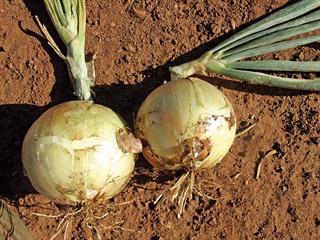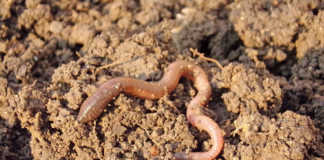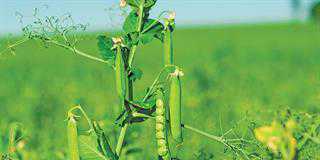
Inexperienced farmers sometimes get a good crop to maturity, only for it to be downgraded due to incorrect harvesting.
As explained in a previous article, nitrogen ensures a healthy crop with high potential, but as the crop approaches maturity, less nitrogen is needed. In this way, the plant is forced to concentrate on ‘growing’ the bulb.
Too much nitrogen and water at this stage will delay maturity, affect quality and lead to thicker necks (these are undesirable). Each variety responds slightly differently, but the principle remains the same. When the onion reaches maturity, the tops fall over and nutrients are transferred to the bulb from the leaves. Unaware of this, some farmers in a hurry to get their crop to market see a few plants fall over and decide to hurry things along by trampling the rest flat.
This simply causes damage and leads to poor quality. You need to lift the bulbs when nearly all the plants are lying down. But this does not mean you should trim and market them straight away – the onions must still go through a curing process.
Curing the bulbs
To cure the bulbs, lift and pack them into windrows or heaps. The leaves will still be green and nutrients will continue to be transferred to the bulbs until they are dry. The neck shrinks and the outer skin of the onion becomes glossy. If trimmed when the tops (and not the leaves) are still green, the bulbs will be a duller colour. This is less attractive to consumers, and the onions will not store as well.
Whether in windrows or heaps, the onions must be packed so that the bulbs are in the inside and the leaves on the outside to protect them from the elements. Some farmers even place a layer of straw over the heap. For windrows, pack the onions in rows with a gap between them for air flow. Place each layer a little closer to the row on the opposite side until they meet at the top for a rounded effect.
When they are all dried and cured, which takes about two weeks, depending on the weather, the onions can be trimmed and placed into pockets. Always pack the same size and quality together. The extra effort will be worth it.
Green onions
When the crop is still growing and the bulbs are half-formed, consider harvesting some of the crop and selling as bunched green onions. This can be profitable in rural areas where such onions are more appreciated. The stems and some of the leaves can be used in cooking and are very tasty.
This is an early crop when onions may be scarce and more expensive and you are giving the customer a lot more food per onion, which will be appreciated. If this works well in your area, plant three varieties that mature from early to later in order to extend the green onion harvesting season.













